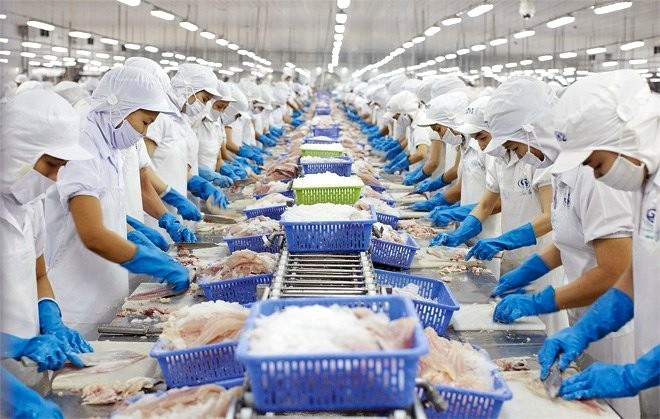
ADB experts predict that Vietnam's economy is expected to remain strong in 2025. (Photo: Vietnam+)
In its July 2025 “Asian Development Outlook – ADO” publication, released on July 23, the Asian Development Bank (ADB) revised down its economic growth forecasts for developing economies in the Asia -Pacific region for this year and next. This downward revision is primarily due to anticipated export declines amid rising US import tariffs, an unstable global trade environment, and weakening domestic demand.
However, regarding Vietnam, ADB experts believe that the Vietnamese economy is expected to remain strong in 2025.
Vietnam's GDP growth rate is 6.3%.
ADB experts predict that Vietnam's economy is expected to remain robust in 2025 and 2026, although growth may slow in the short term due to tariff pressures. Strong export and import growth, along with a significant increase in foreign direct investment disbursement, boosted the economy in the first half of 2025.
Committed foreign direct investment increased by 32.6%, while disbursements rose by 8.1% year-on-year, demonstrating strong international confidence in Vietnam's economic prospects.
According to ADB experts, public investment disbursement reached its highest level since 2018, reaching 31.7% of the annual plan and increasing by 19.8% compared to the same period last year. Boosting exports to cope with tariff uncertainties has stimulated trade growth, but this is unlikely to be sustained in the second half of the year.
The trade agreement with the United States, announced in early July 2025, imposes significantly higher import tariffs on Vietnamese exports to the US, which is expected to reduce export demand for the remainder of 2025 and into 2026. The Purchasing Managers' Index (PMI) shows that industrial production has slowed since the end of 2024.
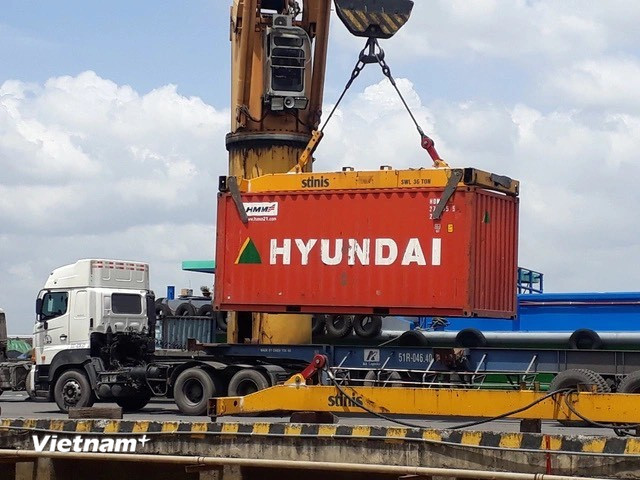
The ADB estimates Vietnam's GDP growth at 6.3%. (Photo: Vietnam+)
Despite the increased risks from tariff instability, domestic reforms, if implemented effectively and quickly, could mitigate these risks by strengthening domestic factors. Vietnam's GDP growth is projected to have been revised downward to 6.3% in 2025 and 6.0% in 2026. Inflation is projected to fall to 3.9% in 2025 and 3.8% in 2026.
Growth forecasts lowered in Asia and the Pacific.
Also in this Asian Development Outlook publication, the ADB forecasts that economies in the region will grow by 4.7% in 2025, down 0.2 percentage points from the April forecast. The forecast for 2026 has also been revised down from 4.7% to 4.6%.
The outlook for developing Asia and the Pacific could continue to be impacted by escalating US trade tensions and tariffs. Other risks include conflict and geopolitical tensions that could disrupt global supply chains and drive up energy prices, along with a more severe-than-expected weakening of the Chinese real estate market.
Albert Park, Chief Economist of the ADB, stated: “Asia and the Pacific have weathered an increasingly challenging external environment this year. However, the economic outlook is weakening amid growing risks and global uncertainty. Economies in the region need to continue strengthening their economic foundations and promoting open trade and regional integration to support investment, jobs, and growth.”
Growth forecasts for China – the region's largest economy – remain unchanged at 4.7% this year and 4.3% next year. Policies to stimulate consumption and industrial activity are expected to partially offset the impact of a weakening real estate market and declining exports.
Next is India – the region's second-largest economy – projected to grow 6.5% in 2025 and 6.7% in 2026, down 0.2 and 0.1 percentage points respectively from April's forecast, due to trade uncertainty and higher import tariffs from the United States impacting exports and investment.

ADB headquarters in Manila, Philippines. (Source: REUTERS)
Southeast Asian economies are projected to be most severely impacted by deteriorating trade conditions and uncertainty. The ADB now forecasts growth for the subregion at 4.2% in 2025 and 4.3% in 2026, a decrease of approximately 0.5 percentage points annually compared to its April forecast.
In contrast to the downward trend are the economies of the Caucasus and Central Asia. Growth forecasts for this subregion have been raised by 0.1 percentage points for both this year and next year, to 5.5% and 5.1% respectively, mainly due to expectations of increased oil production.
ADB experts further noted that inflation in developing Asia and the Pacific is projected to continue cooling, thanks to falling oil prices and high agricultural output which helps ease pressure on food prices. The ADB forecasts inflation in the region at 2.0% in 2025 and 2.1% in 2026, lower than the 2.3% and 2.2% forecasts in April, respectively.
(Vietnam+)
Source: https://www.vietnamplus.vn/adb-kinh-te-viet-nam-duoc-ky-vong-vung-vang-trong-nam-2025-post1051267.vnp


![[Photo] Prime Minister Pham Minh Chinh holds a phone call with the CEO of Russia's Rosatom Corporation.](/_next/image?url=https%3A%2F%2Fvphoto.vietnam.vn%2Fthumb%2F1200x675%2Fvietnam%2Fresource%2FIMAGE%2F2025%2F12%2F11%2F1765464552365_dsc-5295-jpg.webp&w=3840&q=75)

![[Photo] Closing Ceremony of the 10th Session of the 15th National Assembly](/_next/image?url=https%3A%2F%2Fvphoto.vietnam.vn%2Fthumb%2F1200x675%2Fvietnam%2Fresource%2FIMAGE%2F2025%2F12%2F11%2F1765448959967_image-1437-jpg.webp&w=3840&q=75)



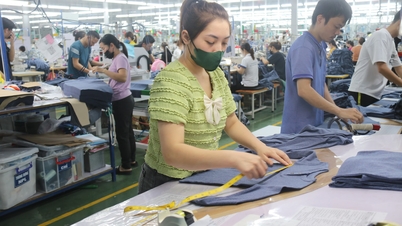

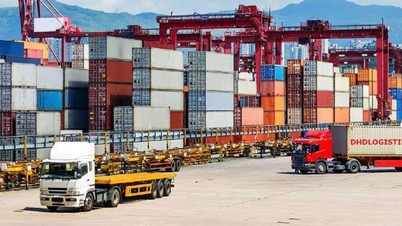




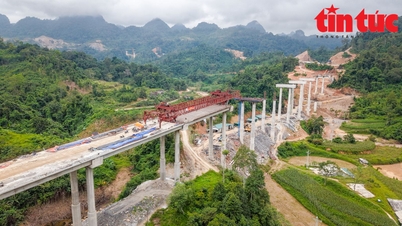







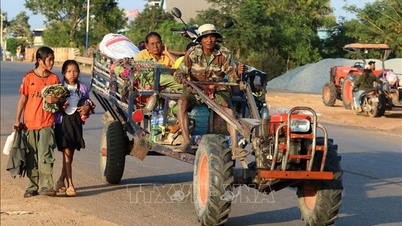
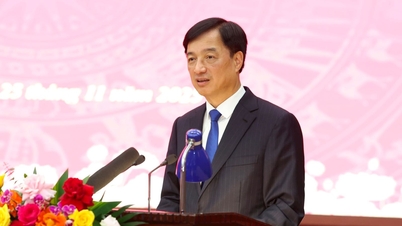


































![[OFFICIAL] MISA GROUP ANNOUNCES ITS PIONEERING BRAND POSITIONING IN BUILDING AGENTIC AI FOR BUSINESSES, HOUSEHOLDS, AND THE GOVERNMENT](https://vphoto.vietnam.vn/thumb/402x226/vietnam/resource/IMAGE/2025/12/11/1765444754256_agentic-ai_postfb-scaled.png)















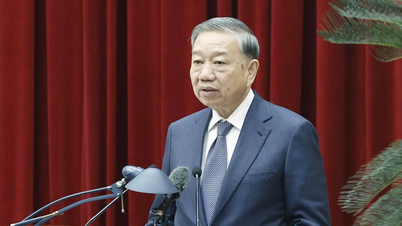

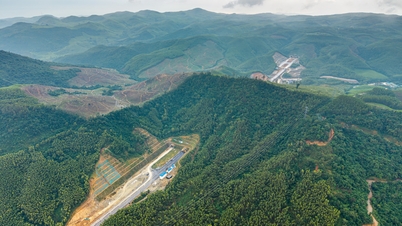





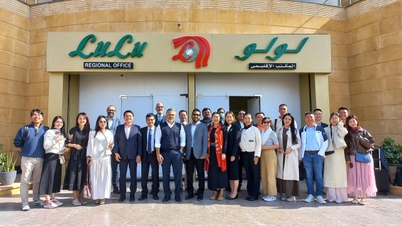



























Comment (0)